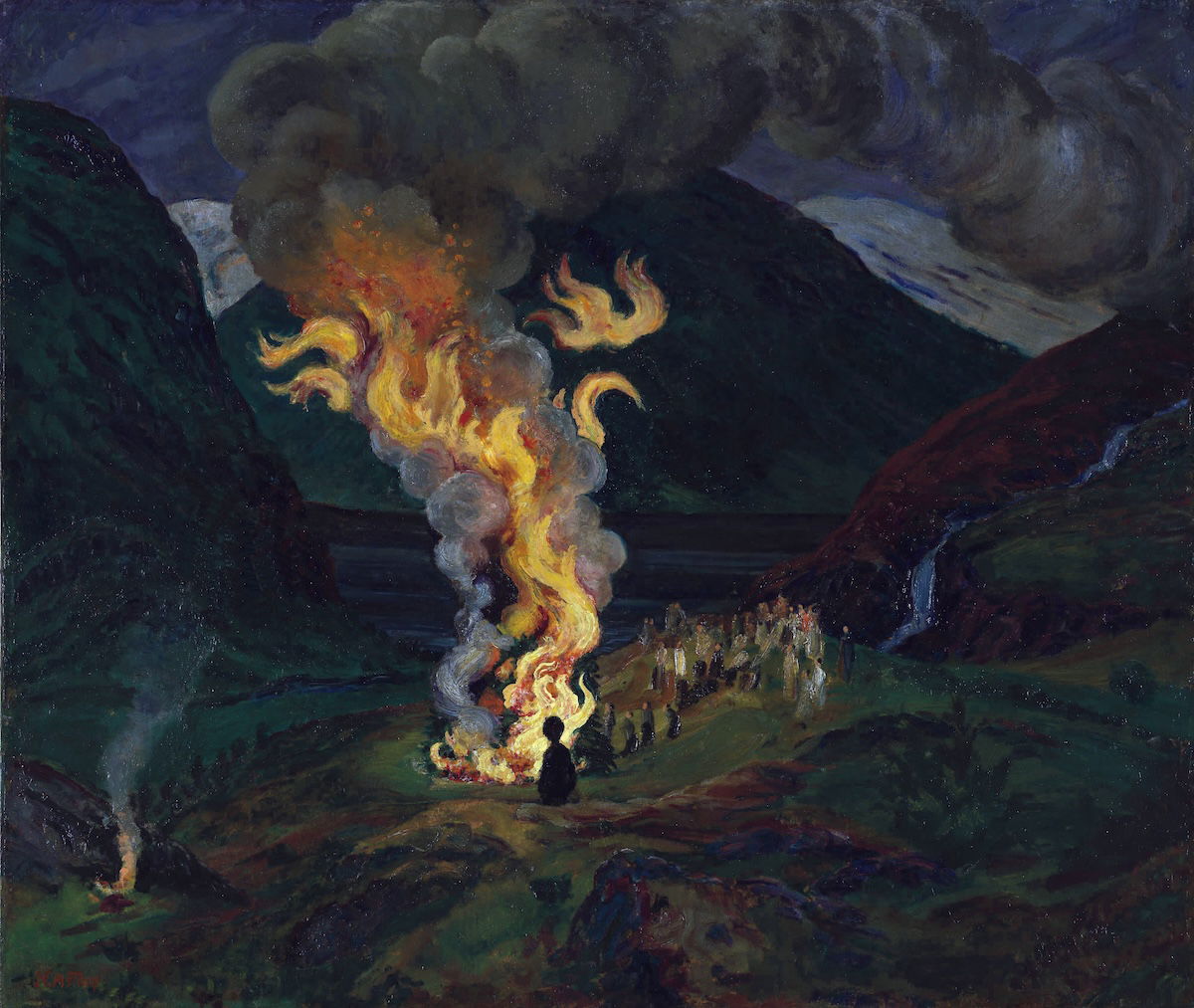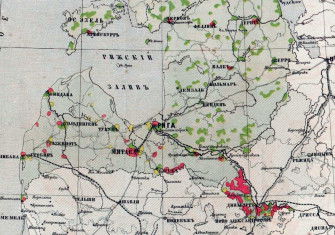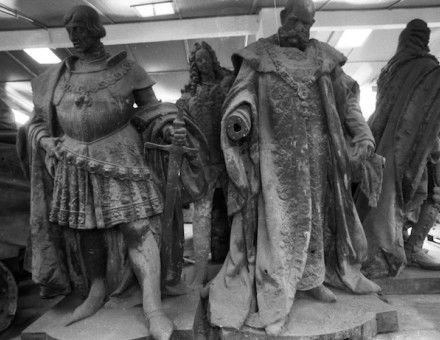Gods at the Margins: How European Paganism Survived
By the 14th century Christianity had swept many of Europe’s indigenous religions aside, but not all. At the continent’s peripheries paganism survived and, in some cases, thrived.

In the summer of 1668 commissioners of the Swedish Lutheran Church arrived in the parish of Maarja-Magdaleena in northern Estonia. On Midsummer’s Eve (23 June) the commissioners witnessed how the Estonians celebrated. Once a fire had been lit next to a sacred stone, three old women sat down by it while the sick of the parish approached, bringing live chickens and other animals as offerings. One woman received the offerings and sacrificed them on the stone, while another melted wax and another prepared bandages. The sick were handed a bandage covered in melted wax to wrap on the affected part of their body, and they were required to take a dipper of ale and walk with it around the fire three times while bowing to the stone and praying ‘O help us, St John!’ The first old woman then removed the wax-covered bandage and the patient kissed it, before the bandage was ceremonially burnt on the stone and the patient drank the ale. Handing back the dipper to the old woman, she made the sign of the cross on it with the words ‘Help, dear St John, through these healing drugs this person’, naming the sufferer and their ailment.







